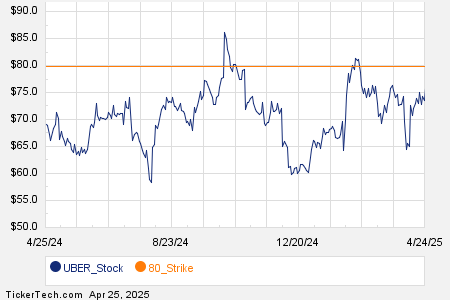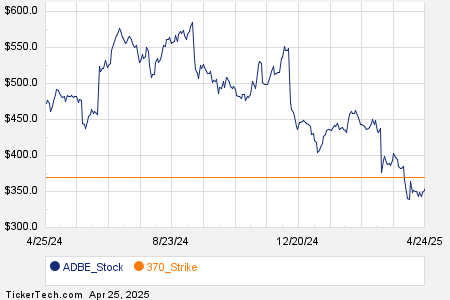
Age holds no sway over our ability to convert pre-tax retirement funds to a Roth IRA. We can roll over funds at any age; the paramount question is whether it’s prudent to do so later in life. Picture this: you both are 62, with $950,000 in traditional IRAs. Let’s discuss how to potentially approach a Roth conversion and the rules to bear in mind along the way.
Embracing Roth Conversion Despite Age
There is no age limit governing a Roth conversion. Neither your age nor your $950,000 IRA balance would hinder your eligibility. It’s not too late to make this move. However, an age-related restriction entails Required Minimum Distributions (RMDs). Individuals aged 73 and above must withdraw a minimum amount annually from a pre-tax account. You can’t fund a Roth IRA with RMD money, so you must first take that distribution before executing the conversion if RMD is applicable. Your eligibility remains unaffected by accessing Social Security. Nevertheless, you can’t contribute Social Security income to a Roth portfolio, as these benefits are not deemed earned income. However, this doesn’t restrict the conversion of existing IRA funds.
The Wisdom Behind Roth Conversion

The crux of the matter is the prudence of converting your traditional IRA to a Roth IRA at our stage. The answer is convoluted. Upon conversion, income taxes are due on the entire sum. Converting $950,000 into a Roth IRA would propel you into the 37% tax bracket, leaving you with roughly $683,000 post-tax. You still have five years before reaching full retirement age, with a hypothetically growing Roth IRA of $871,700 if assuming a conservative 5% annual rate of return. While this is less than the initial amount, taxes won’t encroach upon this sum moving forward. A Roth IRA’s unrestrained investment potential trumps that of a traditional IRA or 401(k). They are particularly suitable for those expecting higher tax rates in retirement than today.
Navigating the Five-Year Rule and Staggered Conversions

The IRS necessitates most individuals to preserve the converted balance in their Roth IRA for a minimum of five years, lest they face a 10% early withdrawal penalty. However, this rule doesn’t apply to those aged 59 ½ or older. Staggered conversions offer a viable alternative. Rather than moving the entire $950,000 in one go, consider transferring $190,000 annually for five years. This strategy mitigates your tax bill for any given year but dilutes your untaxed gains, retaining them in your tax-deferred IRA for longer.
Making Informed Decisions for IRA Management
- Managing your IRA may seem daunting, but various services can aid in navigating these waters seamlessly. A financial advisor can provide tailored guidance and work with you to craft a comprehensive retirement plan. SmartAsset’s free tool connects you with up to three top financial advisors in your area, facilitating an informed decision. If you’re prepared to achieve your financial goals, take the first step now.
Photo credit: ©iStock.com/designer491, ©iStock.com/pixdeluxe, ©iStock.com/simonkr
The post We’re 62 Years Old With $950k in IRAs. Is It Too Late to Convert to a Roth IRA? appeared first on SmartReads by SmartAsset.
The views and opinions expressed herein are the views and opinions of the author and do not necessarily reflect those of Nasdaq, Inc.



